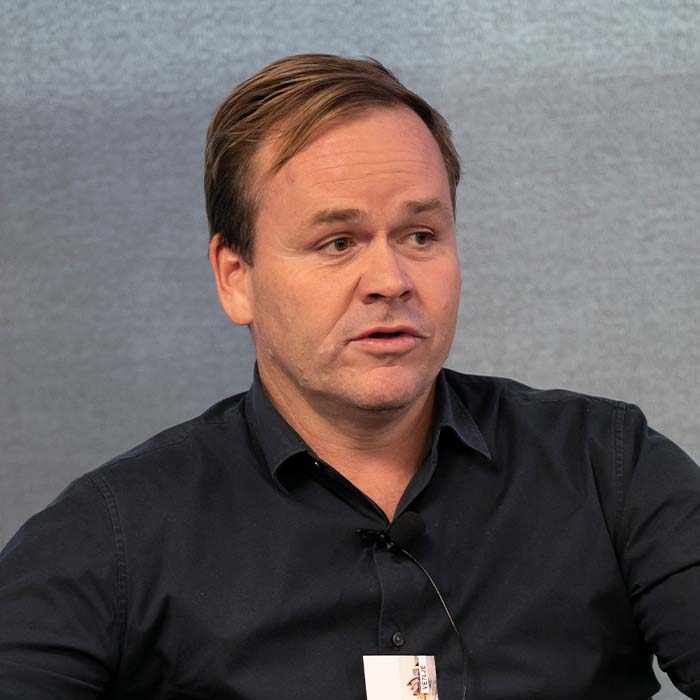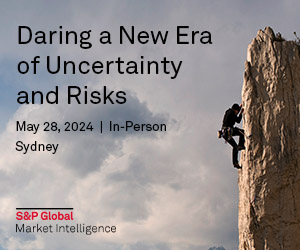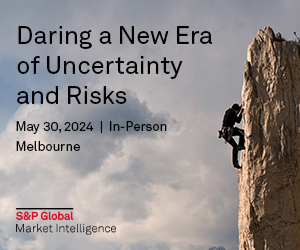ISSB standards and modern slavery
The publication of International Sustainability Standards Board (ISSB)’s first standards has turbo-charged environmental reporting. The consequences for social impact measurement are also significant.
TURNER I think what ISSB confirms it will do next will be interesting for social issues. It is currently considering a range of issues, including human rights and human capital. Another hat I wear is chairing an initiative called Investors Against Slavery and Trafficking APAC, and we are advocating for there to
be some social standards in the next tranche of work.
Much of standard 1 is focused on disclosure of frameworks and processes. As an investor, we also need to see how the policies and procedures are moving toward outcomes-based measurement.
An example I would use is that it is great to see a company that has a modern slavery policy and therefore ethical procurement standards in contracts, but the number one question we ask companies we engage with is ‘have you found any instances of modern slavery in your operations or supply chain in the last 12 months?’ There are 50 million victims and we know this is likely to be sitting in the supply chain of every company.
We need to get to the bottom of whether companies are box ticking or really working on finding the issues. I would therefore like to see more outcomes-based metrics.
WARD I agree. When we came across the Hyundai example, it had all the policies – everything ticked the box. But what it was actually doing and what was written on paper were two very different things. We have to ask the right questions and also check that the policies are being implemented – that it is not just a nice piece of paper.
TOOHILL The risk of a ‘say-do gap’ is one that many organisations are seeking to close. Going back to standards and ISSB, what is powerful for climate in particular is that the standards have been framed around the TCFD [Task Force on Climate-Related Financial Disclosures], which is a series of recommendations financial institutions have been working toward for quite some time. There is alignment and agreement on these.
Now, as we turn to human rights, the expectation is that we will look to standards such as the UN Guiding Principles on Business and Human Rights to assess what it means for expectations about effective due diligence and grievance mechanisms.
I am very excited about establishing outcomes we need to look for as well as ways to gauge the effectiveness of due diligence. These are difficult to measure but disclosures should not just be about the numbers – they should be telling the stories and revealing the case studies, including lessons learned.
When I first started working on sustainability reporting, 20 years ago – for a different organisation – an investor told me after my first sustainability report was published that it was great but if he saw another one like that he would throw it in the bin. Shocked, I asked why. He said “you didn’t tell me about the hard stuff, the difficult case studies and what you will do differently next year”. This was a very powerful lesson. When we get into some of the social areas we are going to have to get better about telling the stories of what didn’t work, what we have learned and what we will do differently in future.
SIMPSON At the ISC [Infrastructure Sustainability Council], we have a modern slavery coalition in infrastructure that started just before the regulations came out. The industry worked together rather than trying to reinvent the wheel. It was clear from the early engagement that wherever we have looked for modern slavery, we have found it.
In line with the discussion about ‘what gets measured gets managed’, it is also how we behave. When we have the opportunity to share lessons and are rewarded for doing so – almost getting incentivised for it – more of the tough stuff comes out. In this way, we are reducing the learning curve on what might go wrong and how to overcome it if human rights abuses or challenges are found.
In the infrastructure sector, we have learned the valuable lesson of the importance of outrage, and what this means as a lag indicator in cost and construction delays, as opposed to engaging early with stakeholders to understand what the beneficiaries are seeking as outcomes.
If we don’t start early enough and we don’t listen, the foundations that make clear what is of greatest value and how to foster social licence will not be in place.
VISE S1 and S2 from ISSB are all about the stakeholder point. Until we know what our stakeholders want and value, we can’t even start with these diclosures. In particular, S1 demands a risk-based lens and requires us to know stakeholders and their values.
We opted for measurement as a priority. Nancy’s work at Social Ventures Australia has really focused our attention on the stakeholders we are serving in our businesses and finding out what matters to them.
By the time we were ready to start discussing our recent sustainability-linked loan with Westpac Institutional Bank, and we were asked what was material, we were able to identify the materiality from our discussions and work with our stakeholders.
Our S1 risk assessment is shaped by the starting point of what matters and what
to measure. Measurement demands a series of questions be answered, and S1 and
S2 require us to know what matters to our stakeholders. Once we have worked this out, it makes S1 and S2 reporting easy and consistent – whether it be social or environmental.
We are excited about S1 because we believe our community and social value
(CSV) framework report meets the requirements once we put the stakeholder risk assessment in. We are beginning to think about S2 as a secondary requirement: we didn’t think it was as material as our social impact and we are focusing on our environmental impact. Ultimately, though, we are undertaking more or less the same work for both.
We almost view modern slavery as the ‘scope-three of social’, given we are already doing the work to understand the carbon impact of our supply chains. We can also find out
if their procurement policies meet our requirements.
What is really going to change the world is that we will all have to take our auditors through this in 2-3 years. We have already taken our auditor through the CSV. If anyone thinks it is hard with greenwashing and the Australian Competition and Consumer Commission on our backs about what we say regarding sustainability, wait until you take your auditor through the process of all your data, analysis and words!
I think the thing that has been missed in the adoption of S1 and S2 is the increasing levels of negative assurance all the way through to audit assurance over the next three or four years. Taking an auditor through a whole supply chain to sign off, rather than just writing reports, makes S1 and S2 start to look quite dramatic in impact – because of what compliance will demand in robustness and reliability of data.







